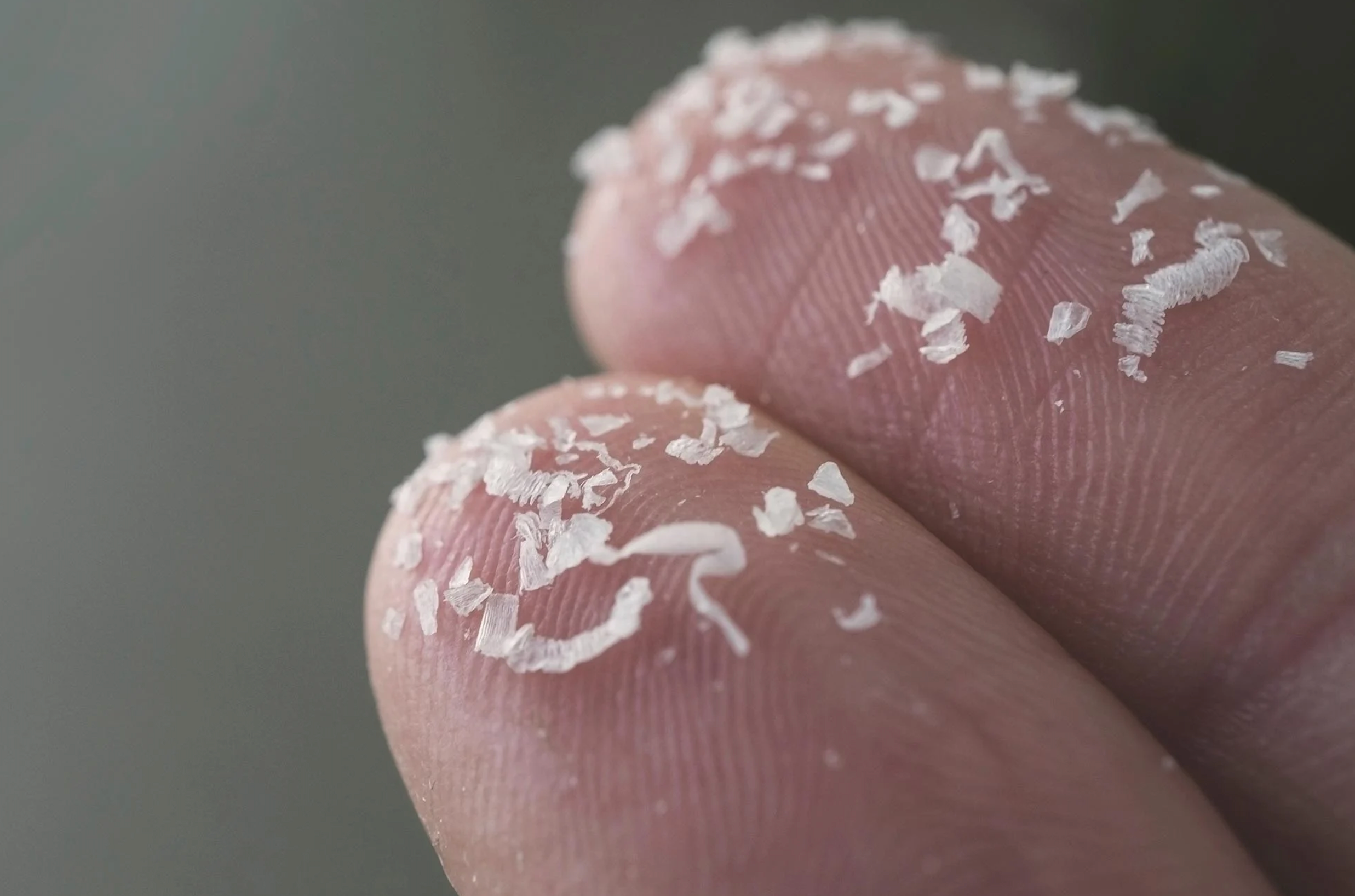ARTICLE AD BOX
Tiny plastic particles found in the fatty plaque deposits of the neck’s main artery could be a potential risk factor for stroke, scientists say.
Researchers found higher concentrations of microplastics in those whose neck arteries had experienced a buildup of plaque, compared to individuals with healthy arteries.
This difference was particularly more pronounced among those who had suffered a stroke or a transient ischemic attack, also called a mini-stroke, according to new research presented at the American Heart Association’s conference in Baltimore.
These tiny micro- and nanoplastic particles are produced during industrial processes or formed as larger plastic debris breaks down in the environment, such as in oceans and soils.

Previous research has shown them to disperse widely and to be persist in the environment, with the ability to penetrate cells and tissues within living organisms.
“Over many years, these plastics break down, mix into the soil and water, and can build up in the food chain,” said Ross Clark, one of the authors of the study from the University of New Mexico.
“Many people think that micro and nanoplastics mainly come from using plastic utensils, cutting boards, packaging, water bottles, and other plastic items. However, the main source is the food and water we eat and drink,” Dr Clark explained.
An earlier 2024 study also found plastic particles deposited in some people who underwent surgery to remove plaque in the carotid artery without showing any symptoms.
Now, researchers suspect these plastic particles in the carotid plaque buildup may induce symptoms like strokes, mini-strokes or temporary blindness.
The latest study followed up participants of the previous research, comparing the levels of micro and nanoplastics in the carotid arteries of three groups: people with healthy arteries; those with plaque but no symptoms; and those experiencing symptoms due to plaque buildup.
“People with micro and nanoplastics in their carotid plaque were significantly more likely to die or to have a non-fatal heart attack or stroke,” scientists said.
Scientists also compared plaques with low and high plastic levels in these participants to assess the effects of the tiny plastic particles on markers of inflammation.
They found that the concentration of plastic particles in carotid arteries is 16 times higher in plaque among those without symptoms, compared to the levels found in the artery walls of deceased donors of similar age with no plaque.
Researchers also found that the plastic concentration was over 50 times higher within the plaque in people who had experienced stroke, mini-stroke, or temporary loss of vision due to blockage of blood flow to the retina, when compared to samples from age-matched, deceased tissue donors.
However, there was no link found between the levels of micro and nanoplastics and signs of sudden inflammation.
“These findings indicate that the biological effects of micro and nanoplastics on fatty deposits are more complex and nuanced than simply causing sudden inflammation,” Dr Clark said.
While the findings do not suggest that plastic in plaque was the cause of symptoms, researchers suspect these tiny plastic particles could be a sign of another health issue behind these carotid artery symptoms.
“This is a very interesting and troubling study. To date, we have not considered exposure to plastic micro and nanoplastics a modifiable risk factor for stroke,” said vascular neurologist Karen L. Furie from Brown University, who was not involved in the study.









 English (US) ·
English (US) ·